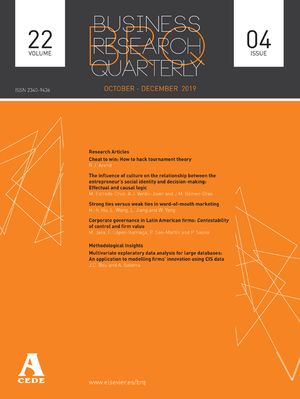Este trabajo persigue identificar y medir la incidencia conjunta de las concentraciones geográficas y las redes de cooperación en la capacidad de las empresas de alta tecnología para completar los recursos y competencias esenciales en sus procesos de innovación. Para ello, se ha formulado y contrastado un conjunto de hipótesis mediante el estudio de una muestra de empresas biotecnológicas. Como resultado, se obtienen conclusiones interesantes sobre el efecto de la localización y las alianzas en el acceso de estas empresas a recursos y competencias clave tales como conocimiento científico y tecnológico, personal altamente cualificado, competencias complementarias de producción y comercialización, apropiabilidad y recursos financieros externos; asimismo se examina la relación existente entre estos factores y el rendimiento innovador.
This paper aims to measure the joint influence of geographic concentration and strategic alliances on the capacity of high-technology firms to complete key resources and competences for their innovation processes. A set of hypotheses are contrasted through a study carried out within a sample of biofirms. As a result, interesting conclusions about the effect of location and alliances on accessing key resources and competences such as scientific and technological knowledge, skilled labour, complementary downstream competences, appropriability and external financial resources; likewise, the relationship between these factors and innovation performance is examined.
A D. Alfredo A. Quintana Sánchez. In Memoriam. Este trabajo se ha realizado en el marco del Grupo de Investigación «Innovación Tecnológica y Calidad» (SEJ 414) financiado por la Consejería de Innovación, Ciencia y Empresa de la Junta de Andalucía. Los autores agradecen a Gary Pisano y Tiziana Casciaro, profesores de la Harvard Business School, y a los dos evaluadores anónimos de la revista CEDE los interesantes comentarios que han ayudado a mejorar la versión inicial del presente artículo.




